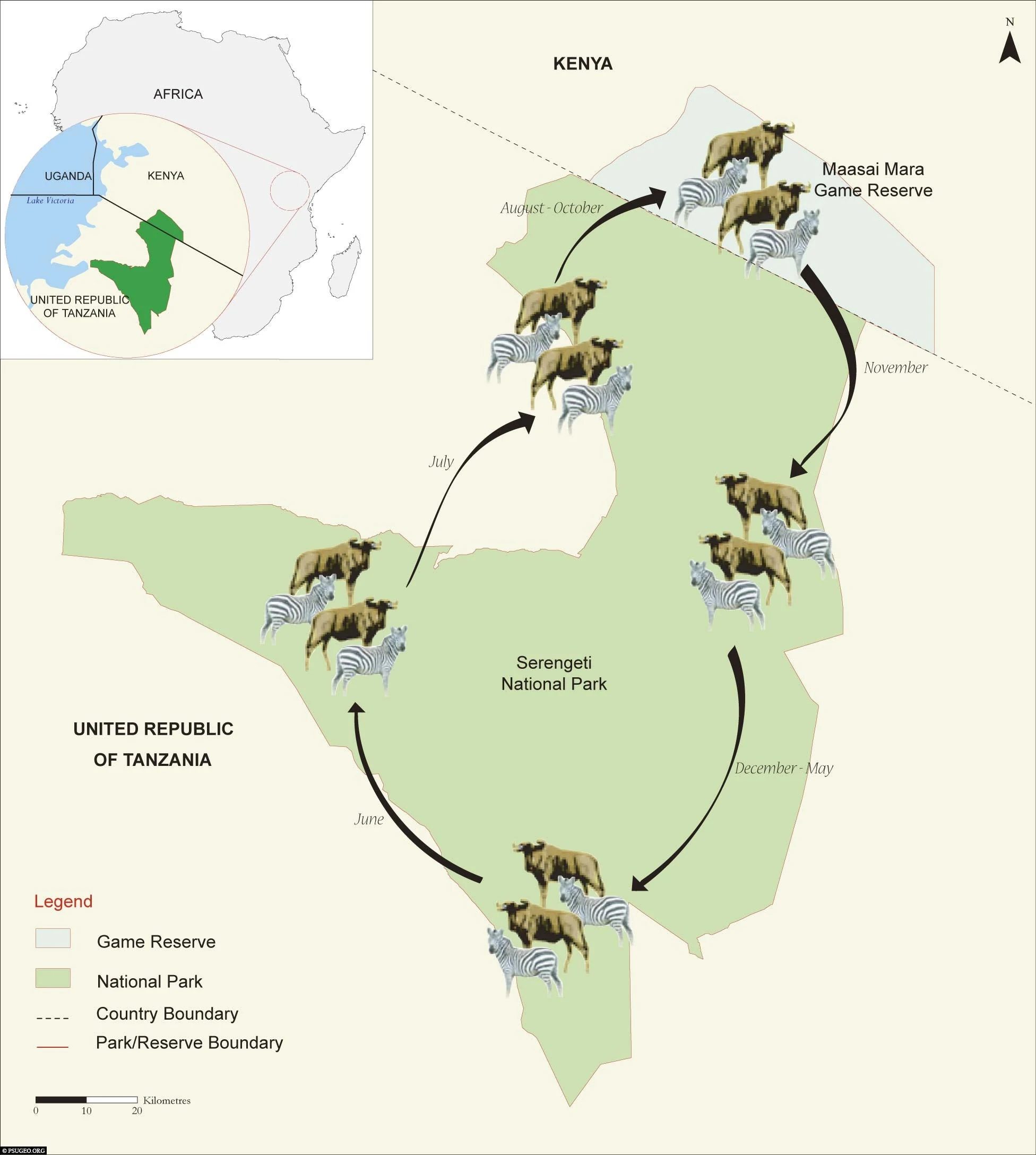Bwindi Impenetrable National Park, located in Uganda, is a UNESCO World Heritage Site known for hosting nearly half of the world’s mountain gorilla population. The park features dense tropical rainforests, diverse flora and fauna, and offers an exceptional and immersive gorilla trekking experience, contributing to conservation and ecotourism efforts.
Bwindi Impenetrable National Park, located in southwestern Uganda, experiences a tropical rainforest climate due to its dense and lush vegetation.
The climate in Bwindi Impenetrable National Park enhances the lush, green environment that supports its diverse flora and fauna, making it an essential habitat for mountain gorillas and various other species.
The temperature remains relatively mild throughout the year, with average daytime temperatures ranging from 15°C to 25°C (59°F to 77°F).
The rainforest environment leads to high humidity levels, especially during and after rainfall.
Bwindi’s varying altitudes, ranging from 1,160 to 2,607 meters (3,806 to 8,553 feet), contribute to microclimates within the park.

